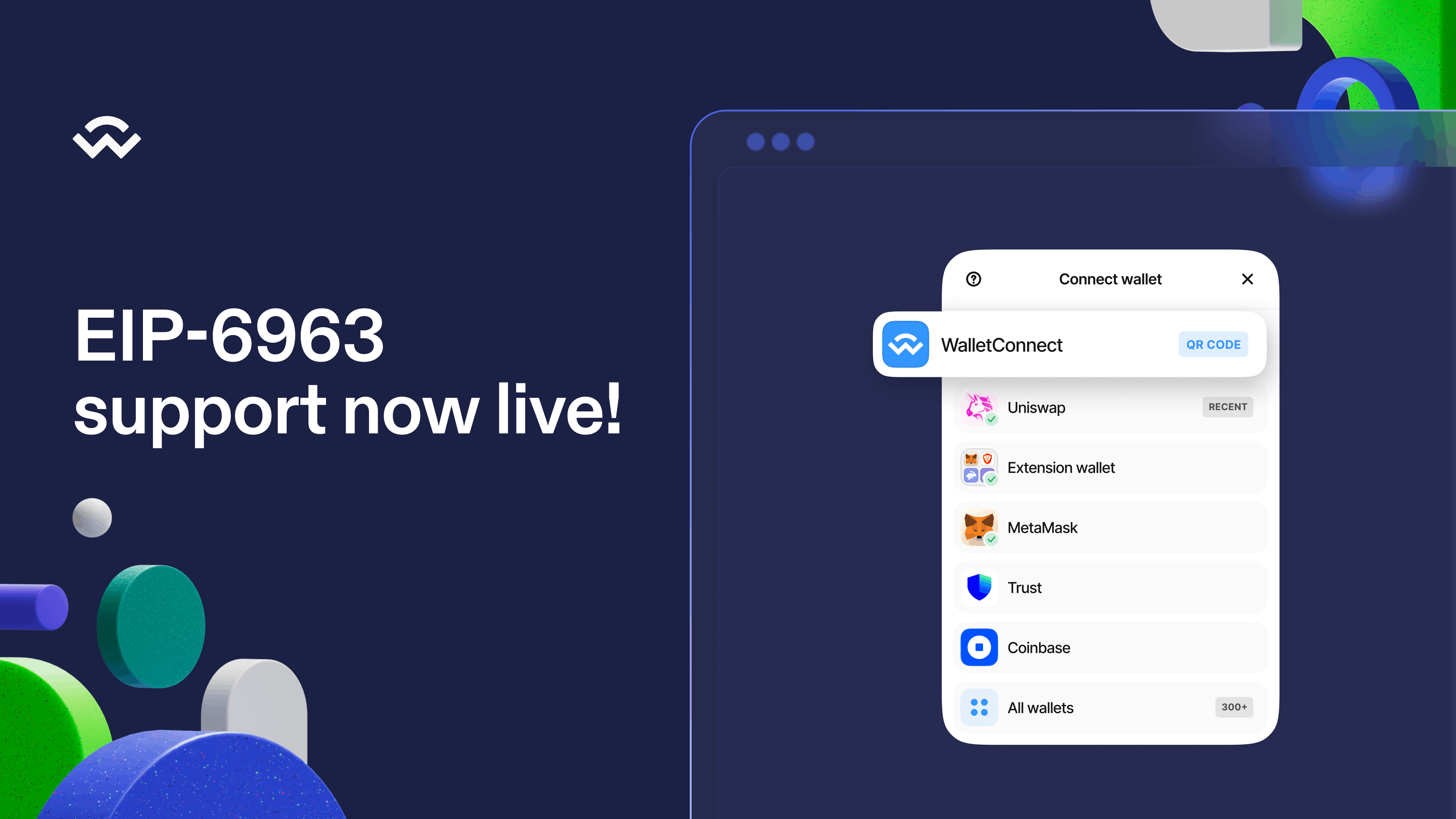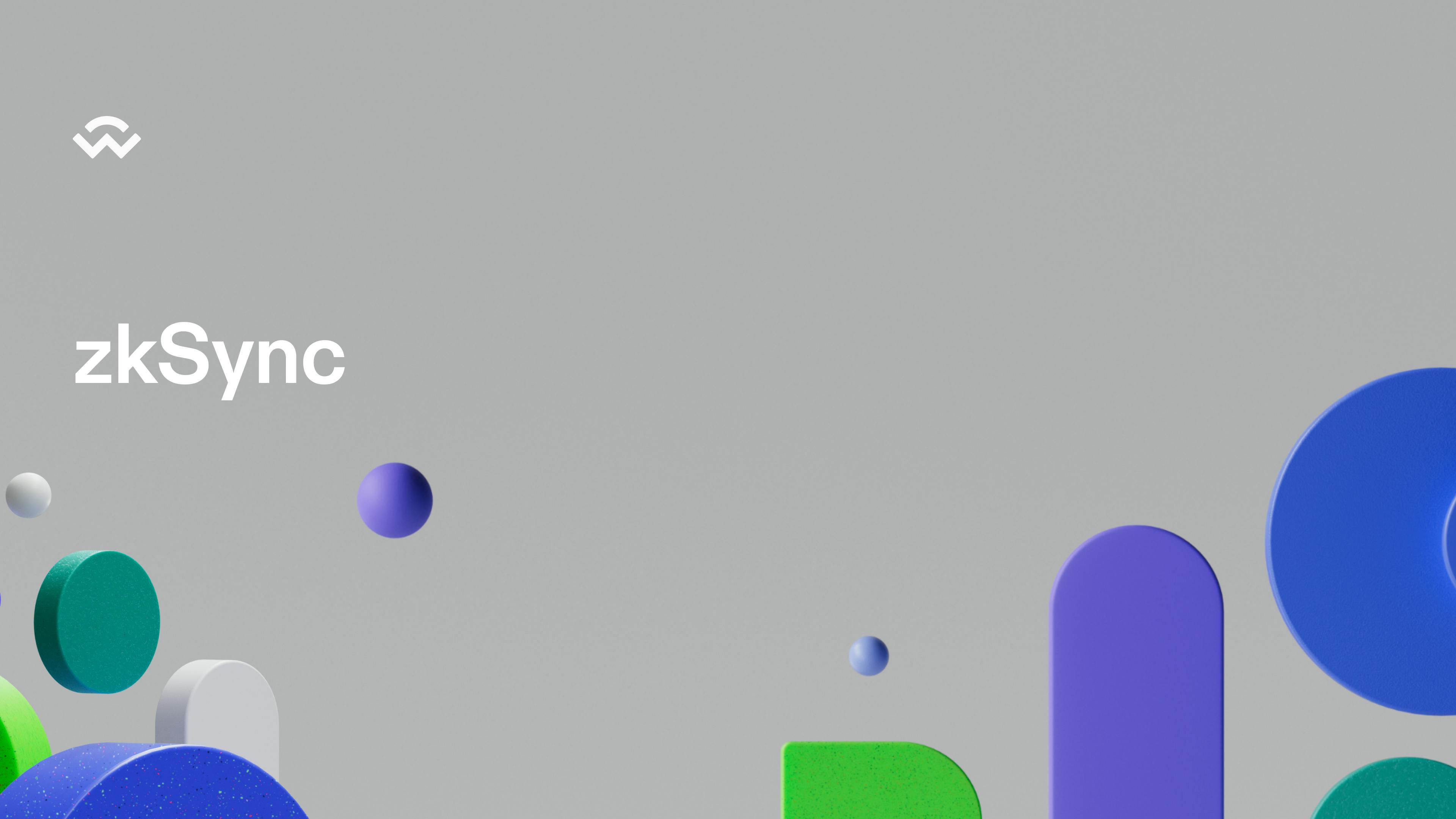import "@walletconnect/react-native-compat";
import { WagmiConfig } from "wagmi";
import { goerli } from "viem/chains";
import {
createWeb3Modal,
defaultWagmiConfig,
Web3Modal,
} from "@web3modal/wagmi-react-native";
import { View, Text, StyleSheet, Button } from "react-native";
import React from "react";
import { W3mButton } from "@web3modal/wagmi-react-native";
// 1. Get projectId at <https://cloud.walletconnect.com>
const projectId = "XXX";
// 2. Create config
const metadata = {
name: "Web3Modal RN",
description: "Web3Modal RN Example",
url: "<https://web3modal.com>",
icons: ["<https://avatars.githubusercontent.com/u/37784886>"],
redirect: {
native: "YOUR_APP_SCHEME://",
universal: "YOUR_APP_UNIVERSAL_LINK.com",
},
};
const chains = [goerli];
const wagmiConfig = defaultWagmiConfig({ chains, projectId, metadata });
// 3. Create modal
createWeb3Modal({
projectId,
chains,
wagmiConfig,
});
export default function App() {
return (
<WagmiConfig config={wagmiConfig}>
<Web3Modal />
<View style={styles.container}>
<W3mButton balance="show" />
</View>
</WagmiConfig>
);
}
const styles = StyleSheet.create({
container: {
flex: 1,
backgroundColor: "#fff",
alignItems: "center",
justifyContent: "center",
},
});










